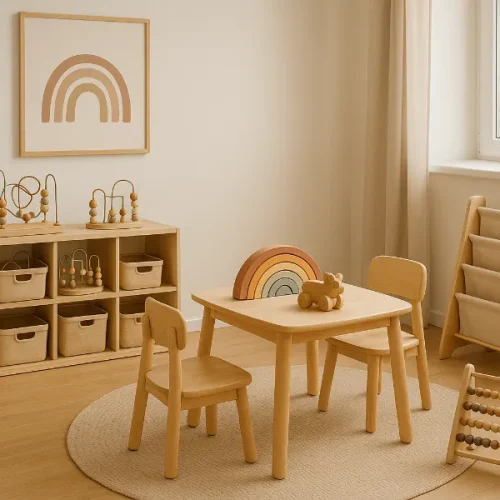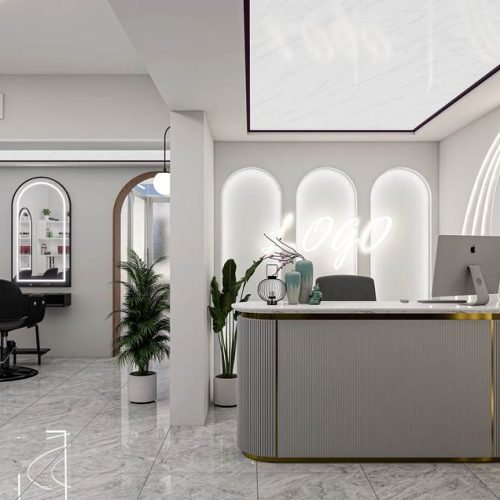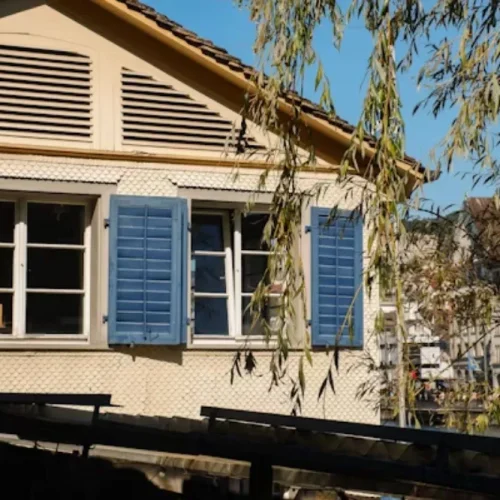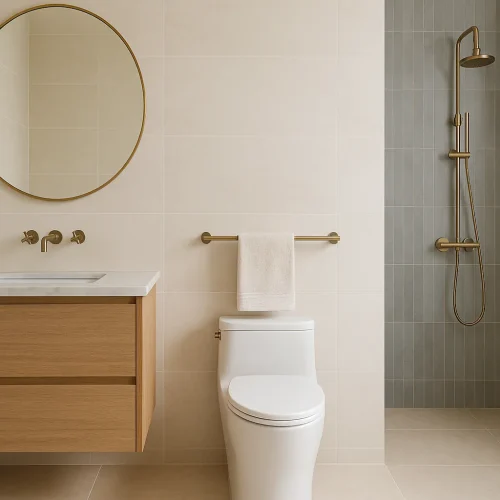Transforming a basement into a comfortable, functional space is one of the most effective ways to increase a home’s usable area while adding long-term value. Whether it’s being converted into a guest suite, home office, entertainment room, or an accessible living area for aging family members, a well-designed basement conversion can significantly improve comfort and extend the home’s lifespan.
However, successful basement renovations require more than just aesthetic upgrades. A strong structural base, proper moisture control, and thoughtful planning are critical for creating a space that remains safe and functional for decades. This is where foundation integrity and smart construction choices play a vital role.
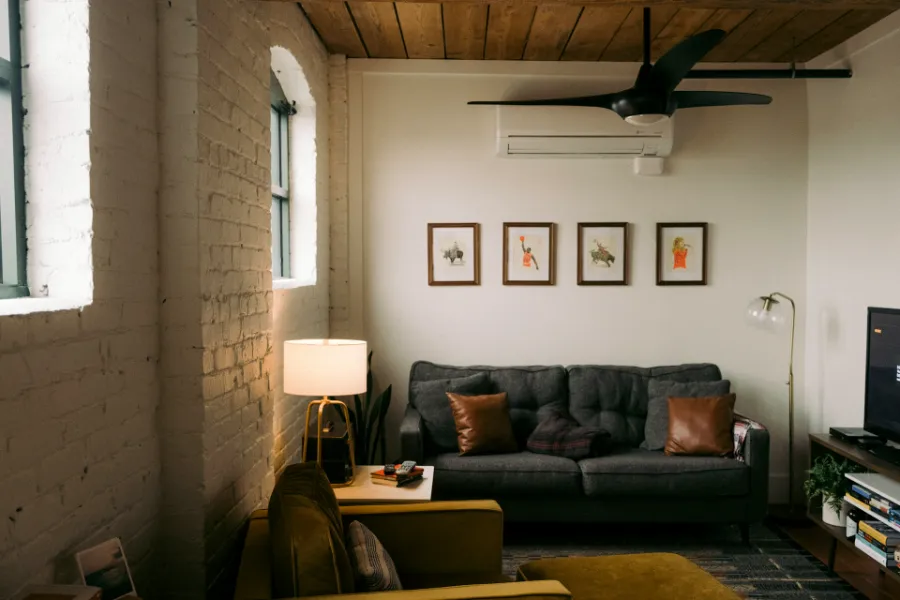
Addressing Structural Needs Before Renovation
Many homeowners begin a basement conversion project without realizing that the foundation and structural elements may need attention before any design work can begin. Basement foundation repair Toronto is often a necessary first step to ensure that walls are stable, floors are level, and the home’s structural integrity is uncompromised. Ignoring these issues can lead to costly setbacks later, including cracks, water intrusion, or uneven surfaces that undermine the comfort and safety of the finished space.
A stable foundation ensures that the renovation work will last. Reinforcing walls, sealing potential leaks, and addressing settlement problems create a strong base for any future improvements. For example, if the basement will serve as a living area, it’s important to prevent moisture from seeping through foundation walls, as dampness can cause mold, rot, and poor indoor air quality.
Companies such as qualityagebuild.com specialize in diagnosing and repairing foundation problems before they become serious, providing a secure environment for basement conversions. This step not only preserves the structure but also helps ensure the comfort and health of future occupants.
Planning for Depth and Accessibility
Excavation costs are an important factor to consider when converting a basement, especially if the space has low ceilings or inadequate headroom. Excavating to increase depth is often necessary to make the basement truly livable and compliant with building codes. This process, known as underpinning, not only creates more vertical space but also strengthens the foundation for long-term stability.
Increasing ceiling height can transform a dark, cramped basement into an inviting, functional area. This improvement makes the space suitable for a variety of uses, from installing full-height cabinetry in a kitchenette to accommodating taller occupants comfortably. Excavation also allows for improved insulation, better lighting design, and the integration of modern HVAC systems to maintain optimal comfort year-round.
In addition to depth, accessibility is a key consideration for long-term use. If the basement may serve as living quarters for aging family members or guests, designing staircases with comfortable riser heights, adding handrails, or even planning for a future stair lift can make the space more functional for everyone.
Comfort-Oriented Design Features
Once the structural and spatial requirements are addressed, the focus can shift to interior comfort and usability. A well-designed basement should feel just as inviting as the rest of the home, with attention to both function and aesthetics. Some key comfort-oriented design features include:
- Moisture control systems – Waterproof membranes, sump pumps, and proper drainage help maintain a dry environment.
- Thermal insulation – High-quality wall and floor insulation keeps the space warm in winter and cool in summer.
- Natural light solutions – Enlarged windows or light wells make basements brighter and more appealing.
- Soundproofing – Insulating ceilings and walls can provide privacy and reduce noise transfer between floors.
- Smart ventilation – Fresh air circulation prevents stale air and keeps humidity at healthy levels.
By combining these features with durable materials, homeowners can create a basement that not only looks good but also feels comfortable year-round.
Longevity Through Quality Materials and Workmanship
Durability is a key factor in ensuring that a basement conversion remains functional and attractive for years. Using materials resistant to moisture and wear, such as engineered wood, porcelain tile, or mold-resistant drywall, can prevent premature deterioration. In addition, selecting finishes that require minimal upkeep reduces maintenance demands, which is especially important for homeowners who want a low-maintenance space.
The workmanship also plays a critical role. Skilled contractors who understand basement-specific challenges can anticipate potential problems, such as condensation on cold walls or the need for proper drainage slopes under flooring. Partnering with experienced professionals ensures that the finished basement will stand the test of time, even in areas with challenging weather conditions.
Why Professional Guidance Matters
Basement conversions involve a combination of structural engineering, moisture management, and interior design. Attempting to handle these aspects without expert guidance can lead to overlooked issues and costly mistakes. Professionals who specialize in basement renovations, like the team at qualityagebuild.com, bring valuable experience in addressing the unique challenges of below-grade construction.
Their expertise ensures that every element — from the foundation to the final finish — is completed to high standards, delivering both immediate comfort and long-term value.
Final Thoughts
Designing a basement conversion for comfort and longevity requires careful planning, a strong structural foundation, and attention to details that enhance daily living. By addressing repairs before renovations, considering excavation for height and accessibility, and incorporating comfort-focused features, homeowners can transform an underused space into one of the most functional areas of the home.
With the right approach, a basement conversion can provide lasting comfort, increased property value, and a flexible living space that adapts to the changing needs of the household over time.


